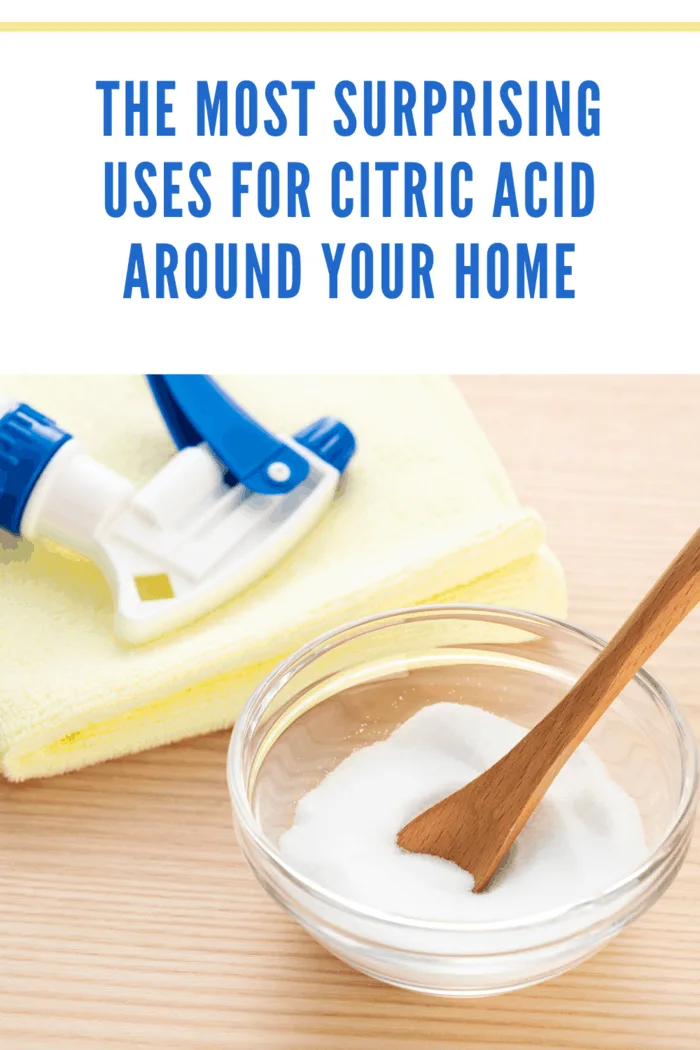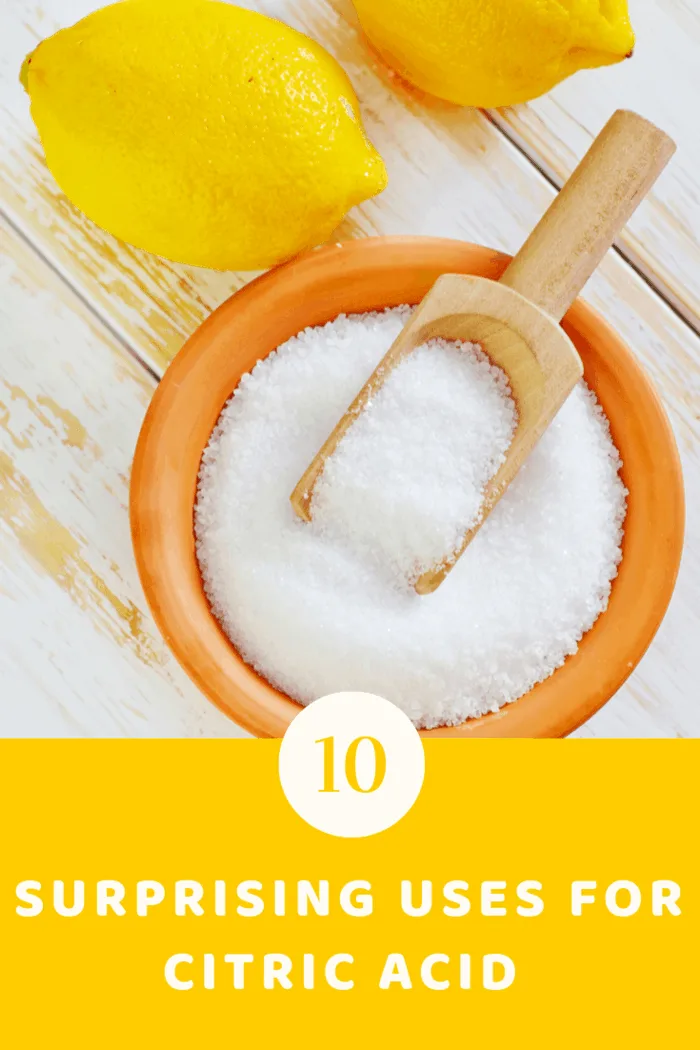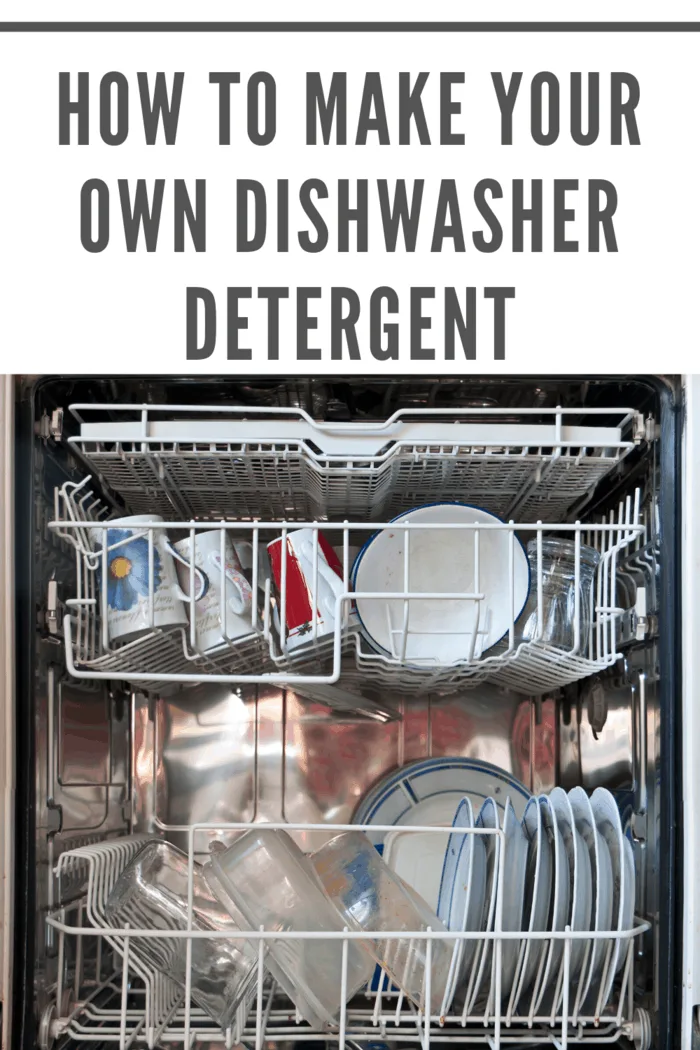Surprising Uses for Citric Acid Around Your Home
When you think of citric acid, your mind might immediately jump to its tangy presence in citrus fruits, or perhaps the key role it plays in cooking and preserving food. But did you know that this versatile compound, which can be found in your kitchen pantry, has a myriad of uses around your home? From cleaning to beauty routines, citric acid is a hidden gem with surprising benefits that you’ll want to start using today.
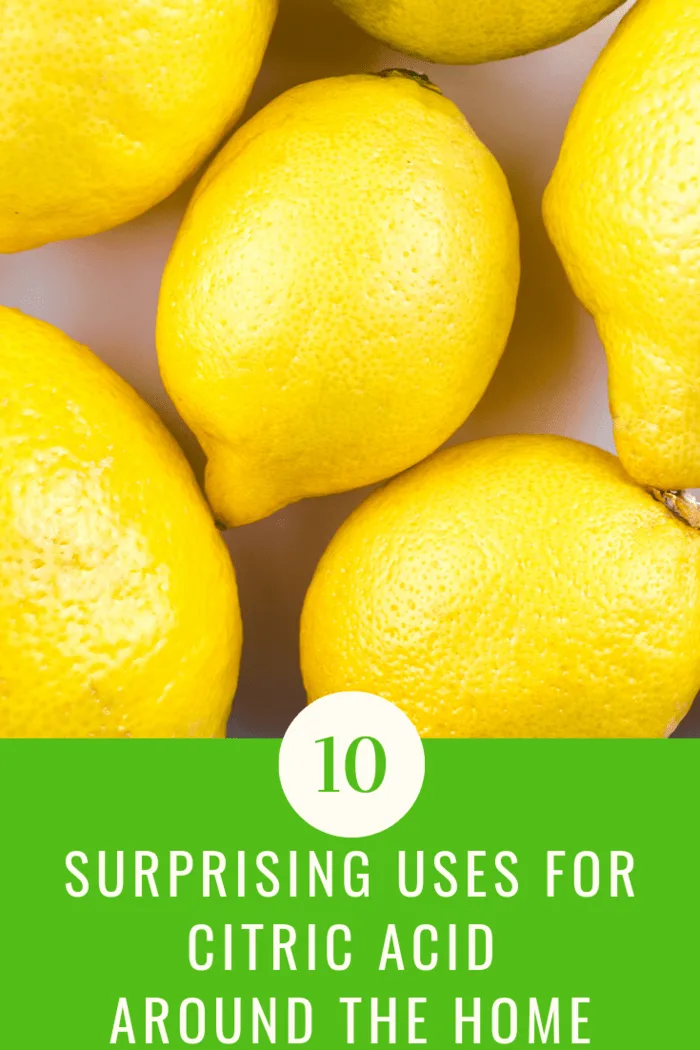
10 Surprising Uses for Citric Acid Around Your Home
Citric acid is a versatile and eco-friendly powerhouse you probably already have in your pantry. From cleaning soap scum to freshening up your laundry, this natural acid has a multitude of uses that can help you tackle various household tasks with ease. Here’s a guide to harnessing the full potential of citric acid for a cleaner, greener home.
1. Soap Scum Removal
Citric acid is excellent for tackling soap scum and hard water stains. It breaks down soap residue and grime, leaving surfaces sparkling clean without harsh chemicals.
How to Use Citric Acid for Soap Scum:
- Prepare Solution: Mix 1 part citric acid powder with 2 parts warm water.
- Apply: Transfer the solution to a spray bottle and apply it generously to affected areas.
- Let It Sit: Allow the solution to work for 10-15 minutes.
- Scrub and Rinse: Use a scrub brush or sponge to clean, then rinse with water and dry the surface.
Note: Always test on a small, inconspicuous area first, especially on sensitive surfaces.
Expert Tip: Mix two tablespoons of citric acid powder with a cup of warm water, and use it to wipe down surfaces or soak showerheads for a few hours. You’ll be amazed at how easily the buildup disappears.
A study from the National Sanitation Foundation (NSF) found that citric acid-based cleaners were effective in removing up to 99% of soap scum and hard water stains from surfaces, compared to a 90% removal rate with conventional cleaners.
(Source: NSF International)
2. Laundry Enhancement
Citric acid can improve the effectiveness of your laundry routine by brightening whites, removing stains, and softening hard water.
Ways to Use Citric Acid in Laundry:
- Brightening Whites: Add 1 tablespoon of citric acid to your detergent to enhance whiteness.
- Removing Stains: Create a paste with citric acid and water, apply it to stains, let it sit, then launder as usual.
- Preventing Color Fading: Add 1 teaspoon to the rinse cycle to maintain color vibrancy.
- Softening Hard Water: Add 1 teaspoon to each wash to reduce mineral deposits.
- Freshening Smelly Laundry: Soak clothes in a warm water and citric acid solution before washing.
Call-to-Action: Ready to give it a try? You can find high-quality citric acid here on Amazon, and start preserving the freshness of your home-grown produce today.
According to a study by the American Chemical Society, adding citric acid to laundry can improve the efficiency of detergent by up to 30%, especially in areas with hard water. (Source: American Chemical Society)
3. All-Purpose Cleaner
Citric acid makes an effective all-purpose cleaner for a variety of surfaces, providing a non-toxic alternative to chemical cleaners.
Recipe for Citric Acid All-Purpose Cleaner:
- Mix Solution: Combine 1 tablespoon citric acid powder with 1 cup warm water in a spray bottle. Add a few drops of essential oil if desired.
- Clean: Spray the solution onto surfaces like countertops and sinks, let sit, then wipe clean.
- Rinse: Rinse food prep areas with water if needed.
Caution: Avoid using on natural stone surfaces such as marble or granite.
How To: Mix one teaspoon of citric acid with a gallon of water and spray it on affected plants. Be sure to test on a small area first to avoid over-acidifying the soil.
4. Stainless Steel and Copper
Citric acid can clean and polish stainless steel and copper, removing tarnish and grime without harsh chemicals.
Cleaning Instructions:
- For Copper: Mix equal parts citric acid and water to form a paste. Apply, let sit, scrub gently, then rinse and polish.
- For Stainless Steel: Dissolve 1-2 tablespoons of citric acid in 1 cup warm water. Apply, let sit, scrub gently, rinse, and dry.
Tip: Always test on a small area first to ensure compatibility.
5. Lime and Rust Removal
Citric acid effectively dissolves lime scale and rust stains, making it a great choice for tough cleaning jobs.
For Lime Scale:
- Mix Solution: Combine 2-3 tablespoons of citric acid powder with 1 cup warm water.
- Apply: Pour over lime scale, let sit for 30 minutes to an hour, then scrub and rinse.
For Rust Stains:
- Make Paste: Mix citric acid with a small amount of water.
- Apply: Spread the paste on the rust stain, let sit for 30 minutes, then scrub and rinse.
6. Dishwasher Detergent
Use citric acid to clean and freshen your dishwasher, removing mineral deposits and soap residue.
Cleaning Your Dishwasher:
- Add Powder: Sprinkle 1-2 tablespoons of citric acid into the bottom of the empty dishwasher.
- Run Cycle: Run a hot water cycle, pausing halfway to let citric acid work.
- Wipe Down: After the cycle, wipe the interior and rinse if desired.
Note: Avoid using in dishwashers with stainless steel interiors.
Statistic: According to a 2023 report from the American Cleaning Institute, citric acid is one of the most effective natural deodorizers, reducing odor by up to 90%.
A survey conducted by Consumer Reports indicated that dishwashers treated with citric acid showed a 25% reduction in mineral deposits and soap scum, leading to improved performance and longevity. (Source: Consumer Reports)
7. Window Cleaner
Citric acid can leave your windows streak-free and sparkling clean.
Recipe for Window Cleaner:
- Mix Solution: Combine 1 tablespoon citric acid powder with 1 cup warm water in a spray bottle. Add a few drops of essential oil if desired.
- Clean: Spray onto windows, wipe with a lint-free cloth or squeegee, and dry.
Tip: Test on tinted or coated windows first.
8. Stain Remover
Citric acid works effectively to remove various stains from fabrics and other materials.
How to Use Citric Acid for Stains:
- Make Paste: Mix citric acid with water to form a paste.
- Apply: Spread the paste on the stain, let sit for 15-30 minutes, then scrub gently and rinse or launder.
Caution: Test on a small area first and avoid using on dark or delicate fabrics.
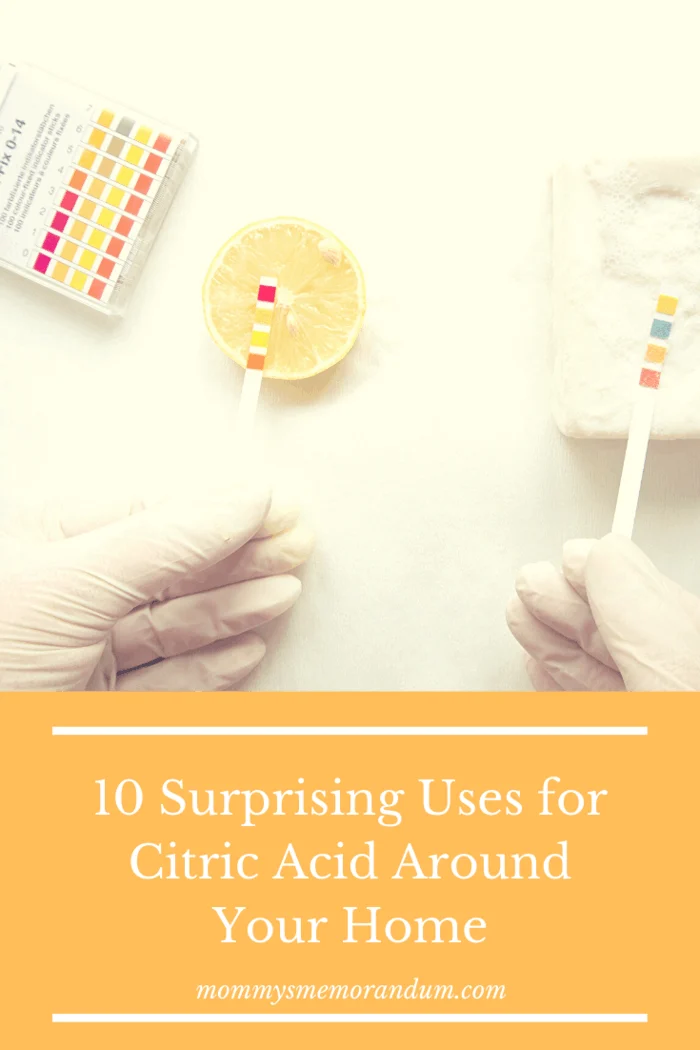
9. Bathroom Cleaner
Citric acid can tackle tough bathroom cleaning tasks, from toilets to tiles, without harmful chemicals.
Cleaning Instructions:
- General Cleaner: Mix 1-2 tablespoons of citric acid with warm water, spray, let sit, scrub, and rinse.
- Toilet Bowl: Sprinkle citric acid into the bowl, let sit, scrub, and flush.
- Showerhead: Soak in a citric acid solution for an hour, then rinse.
- Grout Cleaner: Apply a citric acid paste to grout lines, let sit for 15 minutes, scrub, and rinse.
10. Other Uses
Citric acid has numerous other household applications, including:
- Repelling Dust: Use as a natural dust repellent on surfaces.
- Freshening Carpets: Sprinkle on carpets, let sit, then vacuum.
By integrating citric acid into your cleaning routine, you can enhance the cleanliness and freshness of your home in an eco-friendly manner. It’s a simple and effective alternative to many commercial cleaning products!


